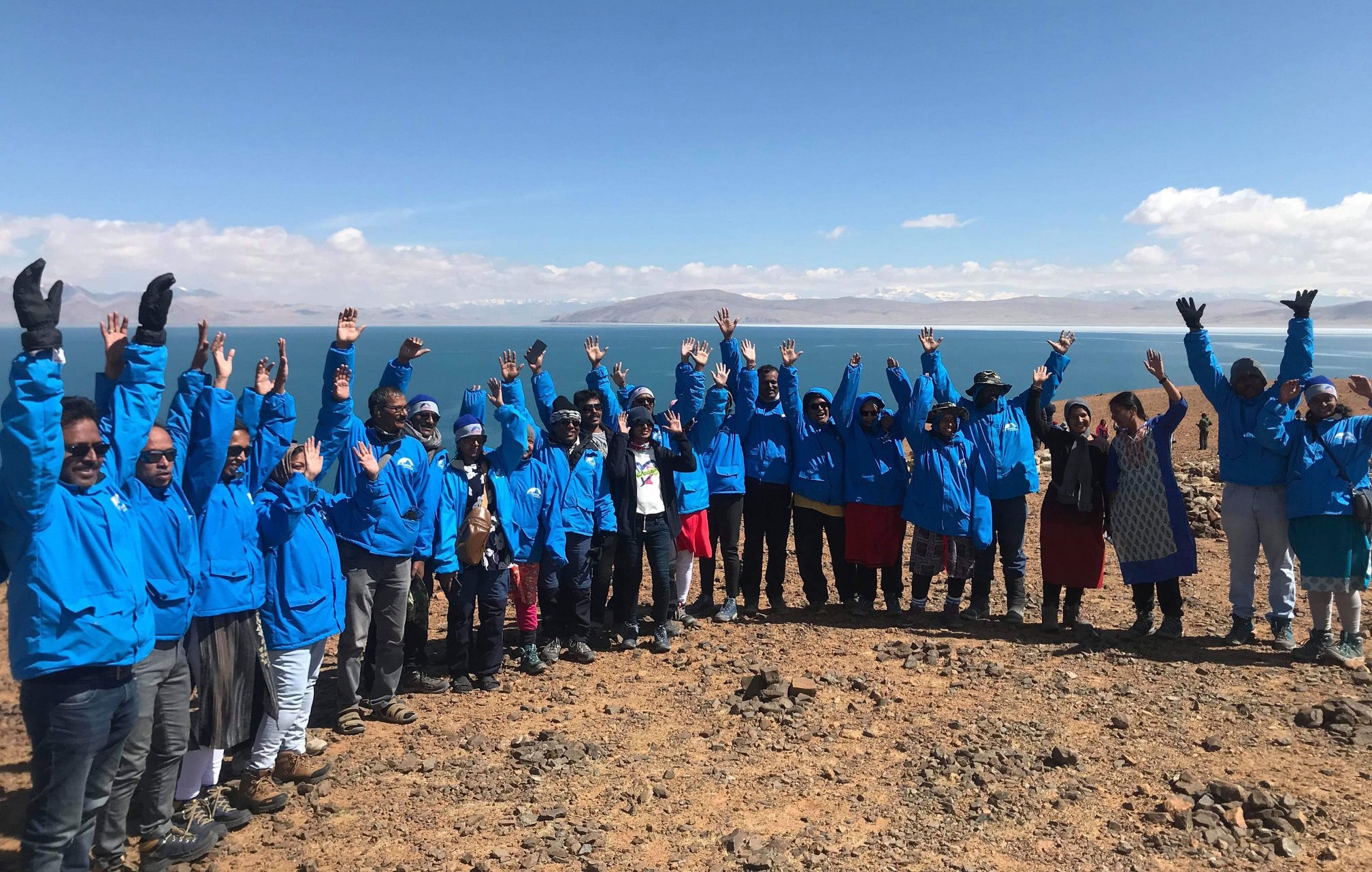Understanding the Spiritual Significance of the Yatra
The spiritual significance of the Kailash Mansarovar Yatra resonates deeply within the hearts of countless devotees, embodying a profound journey of faith and introspection. This sacred pilgrimage, nestled in the majestic Himalayas, is not merely a physical trek; it serves as a transformative spiritual journey that connects individuals to their inner selves and the divine. The site holds immense cultural significance, revered in Hinduism, Buddhism, Jainism, and Bon traditions, symbolizing the axis of the universe. Pilgrims immerse themselves in rituals and prayers, fostering a sense of community and shared purpose. Each step taken around the holy mountain reinforces their devotion and commitment, creating an enduring bond among participants. The Yatra ultimately represents a quest for enlightenment and spiritual fulfillment.
Starting the Kailash Mansarovar Yatra is a test of strength and endurance in addition to being a spiritual journey. Famous Himalayan pilgrimage sites Mount Kailash and Lake Mansarovar require careful planning and preparation due to their remote location. This is a thorough plan to help you get ready for this heavenly journey.
Physical Preparation
The excursion includes trekking at high heights, therefore physical fitness is required. Begin preparing at least 2-3 months in advance.
- Body Exercise: Build stamina through cardio workouts such as brisk walking, jogging, and stair climbing.
- Breathing Exercise: Pranayama and other breathing exercises can help your lungs adapt to high-altitude, low-oxygen conditions.
- Altitude training: Spend some time at a higher altitude before your trip to help your body acclimatize.
Essential Documents
Ensure you carry all necessary paperwork to avoid delays:
- Passport (Valid at least 06 months from the travel day).
- Emergency contact numbers.
- Travel insurance.
Packing Essentials
Preparing for the Kailash Mansarovar Yatra is critical for ensuring a safe and comfortable journey. Here’s a list of essential items to pack:
Clothing
- Thermal Inner wear (01 pair).
- Lightweight and waterproof down jackets. (01)
- Woolen sweaters & Scarves.( 01 each)
- Comfortable trekking pants and shirts (01 pair).
- Warm gloves ( 01 pair)
- Woolen socks (03 pairs).
- Sturdy waterproof trekking boot.(01 pair)
- Sandals (01 pair)
Accessories
- Sunglasses (preferably UV-protected).
- Walking sticks or trekking poles.
- Compact raincoat or poncho.
Personal Care
- Sunscreen with high SPF.
- Lip balm.
- Moisturizer to combat dryness.
- Personal hygiene kit (toothpaste, toothbrush, wet wipes, etc.).
- Towels (quick-dry preferable).
Health Kit
- First-aid kit (bandages, antiseptics, etc.).
- Medication for altitude sickness, headaches, nausea, and stomach issues.
- Hand sanitizer.
Miscellaneous
- Puja Items
- Thermal flask for warm drinks.
- High-energy snacks (nuts, protein bars, etc.).
- Flashlight with extra batteries.
- Power bank for charging devices.
- Travel adaptor
- Travel Insurance Copies
Mental and Spiritual awareness
- Maintain a calm mindset and focus on the spiritual aspect of the journey.
- Research and understand the cultural and spiritual significance of the sites.
- Build mental strength by preparing for challenges such as extreme weather, physical strain, and basic facilities.
Travel Tips
- Prepare for the trek by acclimatizing in high-altitude locations for a few days.
- Stay hydrated by drinking plenty of water, even if you do not feel thirsty.
- Enjoy the journey by taking breaks and pacing yourself.
- Respect the environment by following “leave no trace” principles to preserve the pristine surroundings.
Be mindful of the weather:
- The weather in the Himalayas is unpredictable:
- It’s recommended to pack warm clothing as temperatures drop below freezing sometimes.
- Be ready for sudden rain or snow showers.

